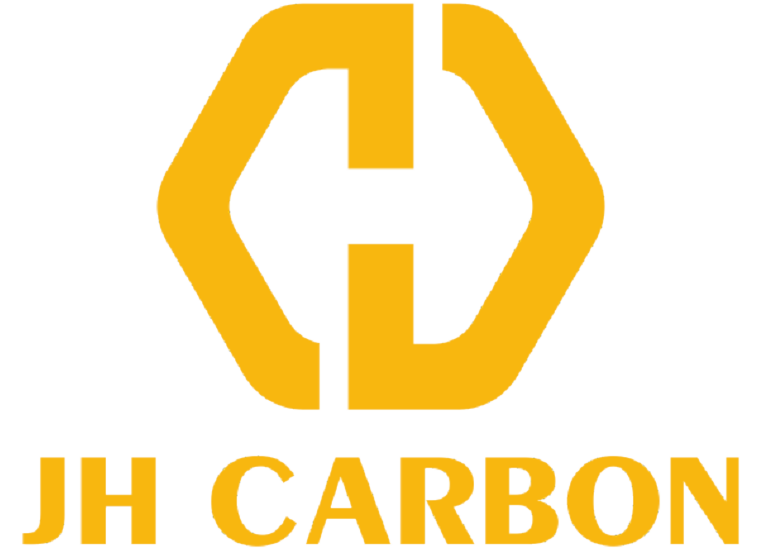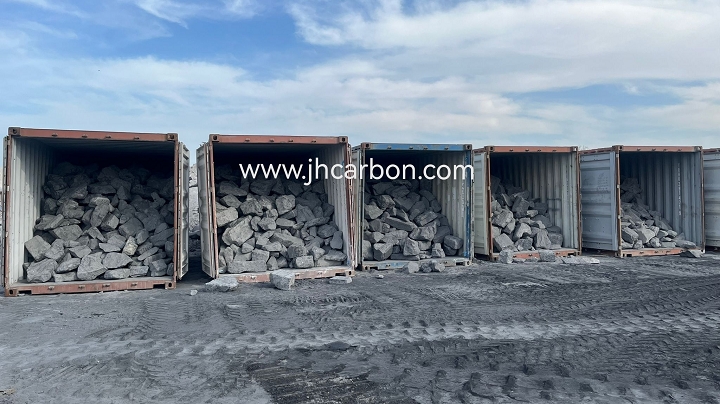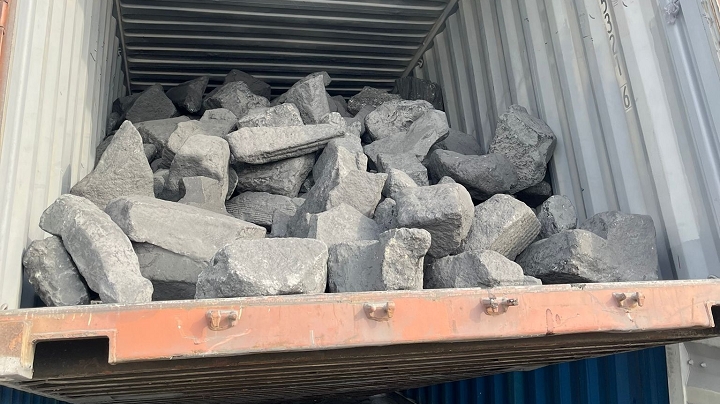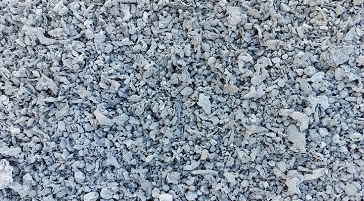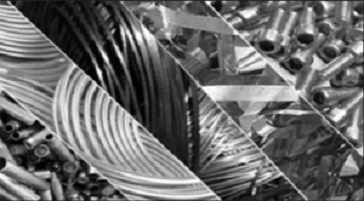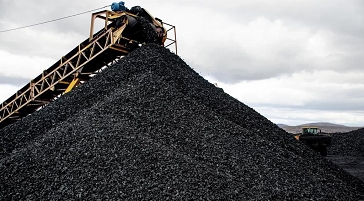Description
The cathode carbon block of electrolytic aluminum is a carbon block made of high-quality anthracite, coke, graphite and other raw materials, which is used as the cathode of aluminum reduction cells. It is built at the bottom of the electrolytic cell, also called the bottom carbon block.
The cathode carbon block is an important part of the aluminum electrolysis cell, which is conducive to energy saving and cell life improvement in aluminum electrolysis production. The cathode carbon block plays a dual role of conducting electricity and forming the inner lining of the electrolysis cell. The aluminum electrolysis production requires that the cathode carbon block be resistant to high temperature.
The cathode carbon block in the electrolytic cell is in direct contact with the high-temperature aluminum solution and highly corrosive electrolytes (NaF, AlF3) for a long time, which leads to the penetration and corrosion of the electrolyte to the cathode carbon block. Therefore, after 3-6 years of operation of a new electrolytic cell, the maintenance of the electrolytic cell should be carried out, and the waste cathode carbon block inside should be cleaned and replaced.
30-50kg of waste cathode carbon will be produced for every ton of aluminum produced. The main materials of waste cathode carbon blocks are carbon and electrolyte bath
For the treatment of waste cathode carbon blocks in aluminum reduction cells, there are mainly harmless treatment, storage and disposal, comprehensive utilization and other methods, including:
Storage and disposal method: strengthen management during storage. As the cathode carbon block contains soluble fluoride and cyanide, first, it is not allowed to be stored in the open air, second, the ground must be hardened, and third, it is not allowed to wash directly with water
The comprehensive utilization of waste cathode carbon blocks in aluminum reduction cells mainly involves the simple separation of harmful impurities in the waste cathode carbon blocks, including the extraction, recovery and reuse of electrolyte components such as fluoride salts in the waste cathode carbon blocks.
Some patents mentioned that it is a better comprehensive utilization method to use the broken waste cathode carbon blocks as raw materials for the side carbon blocks of the electrolytic cell
It is mentioned in the literature that the waste cathode is used as the anode paste raw material in aluminum electrolysis production, and the carbon block of the waste cathode is directly mixed with the anode paste without ash removal after being crushed. Because the activity of the waste cathode is greatly different from that of petroleum coke and coal tar pitch binder, the anode slag falls seriously.
The existing waste cathode carbon is usually directly incinerated: the incineration method is to add additives such as fly ash and limestone after the waste cathode carbon block is broken, control the combustion and decomposition conditions of harmful substances, and conduct combustion reaction, so as to ensure harmless treatment and utilize the heat energy of carbon materials. Among them, about 99% of cyanide can be decomposed at 300 ℃, and 99.8% can be decomposed when heated to 400 ℃, 100% decomposition when heated to 700 ℃.
Combustion performance and harmless treatment
Under high temperature conditions, the fluoride existing in the waste cathode carbon block will undergo chemical reaction, and the product produced is harmless. When the temperature is higher than 700 ℃, the cyanide will be completely decomposed. At the same time, the carbon in the waste cathode will be completely burned under high temperature, which can save energy [3]. The waste cathode fire treatment process is relatively complex, and its chemical reaction mechanism needs to be improved. The chemical reactions of hazardous substances are as follows:
2NaCN+4.5O2=Na2O+2NO2+2CO2
2NaCN+4O2=Na2O+N2O3+2CO2
2NaF+CaO+SiO2=CaF2+Na2O·SiO2
2NaF+3CaO+2SiO2=CaF2+Na2O·SiO2+2CaO·SiO2
Note: The calorific value of the waste cathode carbon block is relatively low. The calorific value of the waste cathode carbon block with a carbon content of 68% is only 12.14, which is difficult to burn by ordinary means. When the waste cathode carbon block burns at 800-1000 ℃.
1—Used in iron melting furnace as fuel and fluorite substitute
In the production of iron and steel industry, limestone and fluorite are needed as solvents to reduce the melting point and viscosity of slag. The carbon in waste cathode carbon blocks is just used as fuel to replace metallurgical coke. Fluoride salts can also replace fluorite as solvent, so some people use waste cathode carbon blocks as additives.
The cupola experiment shows that the cupola can operate normally, the fluidity of its slag is improved, the content of sulfur and phosphorus is reduced, and the quality of the product cast iron is good. However, the application of this method is limited due to the serious corrosion of the fluoride in the waste cathode carbon block to the lining of the furnace.
2—Waste carbon blocks are also used as fuel in asbestos plants, foundries and thermal power plants. Some also use waste cathode carbon blocks as fuel in waste incineration plants, and some as boiler fuel. Through reasonable combustion, harmless treatment can be basically achieved
For example, as the fuel of cement, other parts can be fully utilized as the raw material of cement industry after adding calcium oxide to burn and fix fluoride
The main component of waste cathode carbon block of electrolytic aluminum is carbon, and its calorific value is higher than that of coal-fired power plants. If the waste cathode carbon block can be co burned through existing coal-fired boilers, it can not only truly realize the “resource, reduction and harmless” disposal of waste cathode carbon block, but also reduce the use of coal, reduce the operating cost of coal-fired boilers, and have high environmental benefits.
Refer to SGS for test report:cathode carbon block SGS

